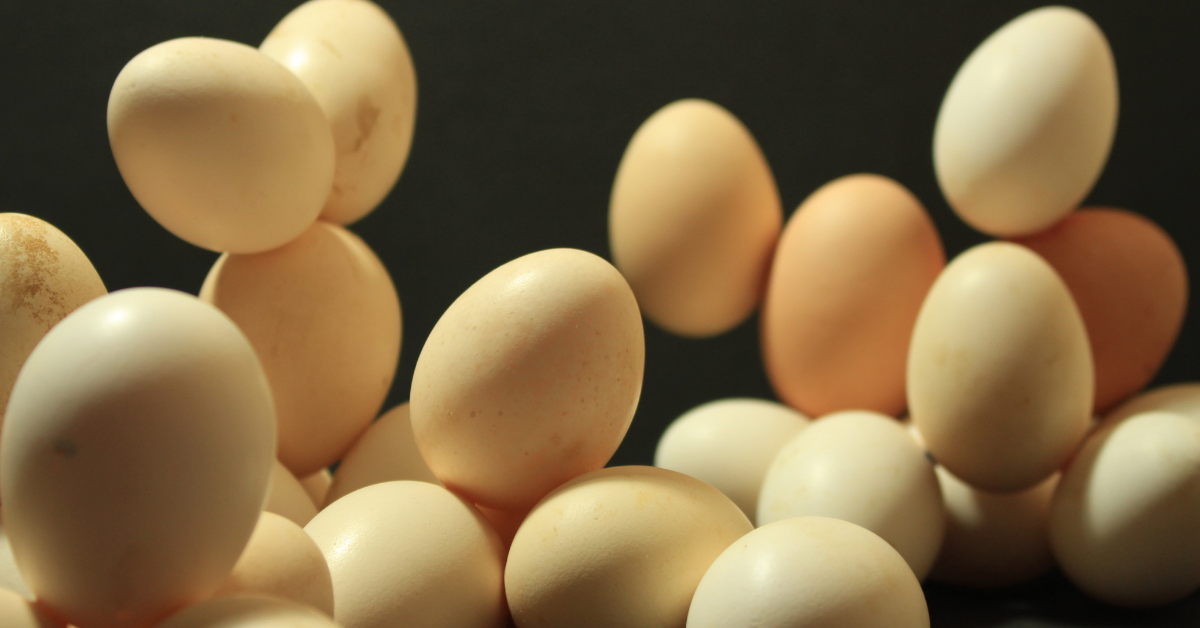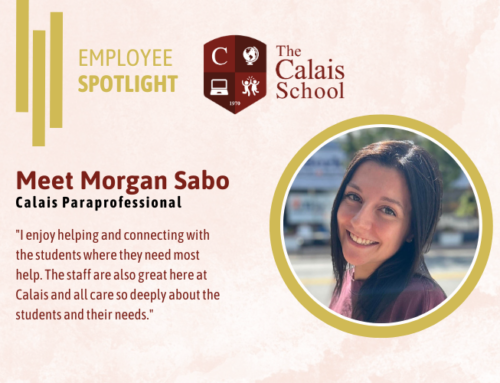So how can you drop an egg from a top floor window and have it safely land several floors below on the ground without breaking?
Perhaps an easy way would be to hard boil the egg? But that was not an option in Mrs. Binal Shah’s STEM class. Several Calais students in her class were faced with this dilemma and had to come up with a way to safely “drop” their eggs without making a mess two stories below.
First, students were divided into teams of two or three students and then worked together to brainstorm a solution to the “egg drop” challenge.
Students then designed a type of container which would keep their raw egg safe even when dropped from varying elevations, Mrs. Shah said. They used their prior knowledge from working on different projects on how to slow the descent.
“The students used parachutes, soft packing material, straws, and even balloons to cushion the egg and slow it’s descent,” she said. “The students took the safety of the egg very seriously. “
They also had some constraints in building the egg container as they were only allowed to use a maximum of three materials. “They brainstormed and researched the placement of the egg and the design that could keep the egg secure from all the sides,” Mrs. Shah said.
STEM is a regular part of the Calais School academic curriculum. Various activities across a wide array of subject matter provide students with time to focus on collaboration, creativity, problem solving and communication while also offering new ways for students to explore and engage with the world.
In Mrs. Shah’s STEM class, students had to first create a mockup egg drop from the first-floor stairway in the school. The final drop from the science room window is two stories high. After the initial drop, the students modified their design to improve them for the final drop from the science room window. The eggs in their contraptions were dropped from the second-floor window while the students waited below. “The students checked if the egg drops were successful and if the eggs broke or cracked in the fall.”
Overall, Ms. Shah noted that both she and the students were pleased with the final results: 13 eggs were dropped, one broke and one suffered a tiny crack.
In fact, Mrs. Shah noted that her students related the activity to the challenge NASA scientists had in building a lander for the Mars Exploration Rover. “Physically, it had to withstand both the heat of entry into the Martian atmosphere and the impact of landing,” Mrs. Shah said. “Strategically, they also had to figure out a way that the rover could right itself no matter how it landed. Students love to see how the structure they’ve built often resembles the one conceived by NASA scientists.”
____________________________________________________________________________________________________________________________________________________________________________________
 973-884-2030
973-884-2030 






